Maximizing Efficiency: The Unseen Benefits of Metal Roofing Systems
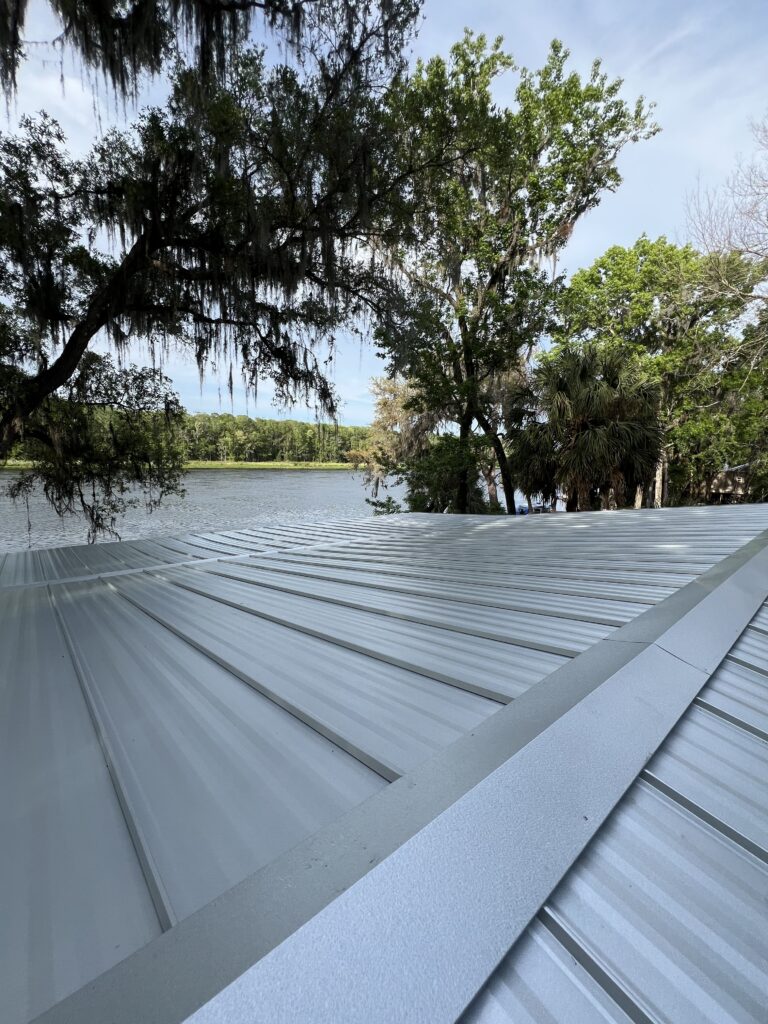
As a Florida roofing contractor, I’ve seen firsthand the evolution of roofing materials and practices. Among the various options available today, metal roofing stands out, not only for its durability and aesthetic appeal but also for its impressive energy efficiency. In this comprehensive exploration, we’ll dive into how metal roofing systems contribute to significant energy savings, enhancing both environmental sustainability and cost-effectiveness for homeowners.
Understanding the Basics of Metal Roofing
Metal roofing, typically made from steel, aluminum, copper, or zinc alloys, is known for its resilience, longevity, and versatility. It comes in a range of styles and finishes, which allows it to fit seamlessly with various architectural styles. But beyond its visual appeal and structural integrity, metal roofing is highly regarded for its energy-efficient properties.
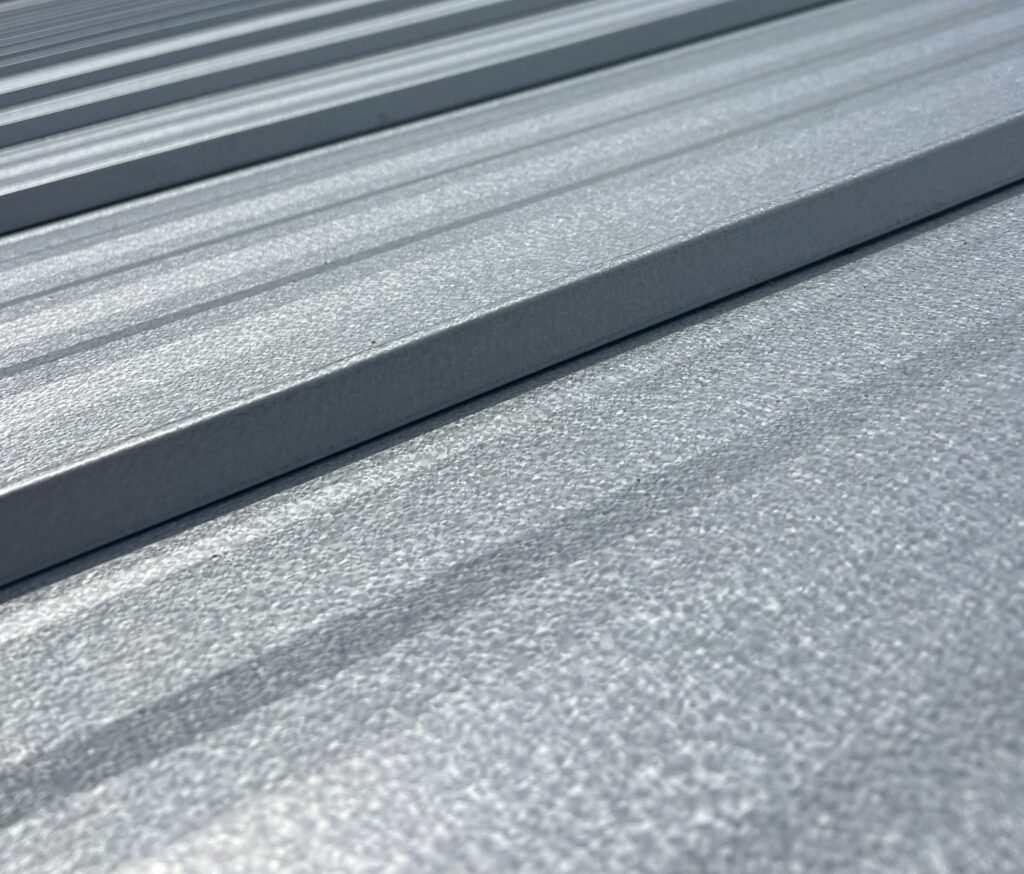
Reflectivity and Emissivity: A Dual Advantage
The primary way in which metal roofs contribute to energy savings is through their inherent properties of reflectivity and emissivity. Reflectivity refers to the roof’s ability to reflect sunlight and heat away from the building, while emissivity describes its ability to emit absorbed heat.
Reflectivity: Keeping It Cool
Metal roofs are often treated with reflective paint or granular coatings that enhance their ability to reflect the sun’s rays. This feature is particularly valuable in regions that experience high temperatures and sunny conditions. By reflecting solar radiation, metal roofs reduce the amount of heat transferred into the building, thereby lessening the reliance on air conditioning systems during hot months.
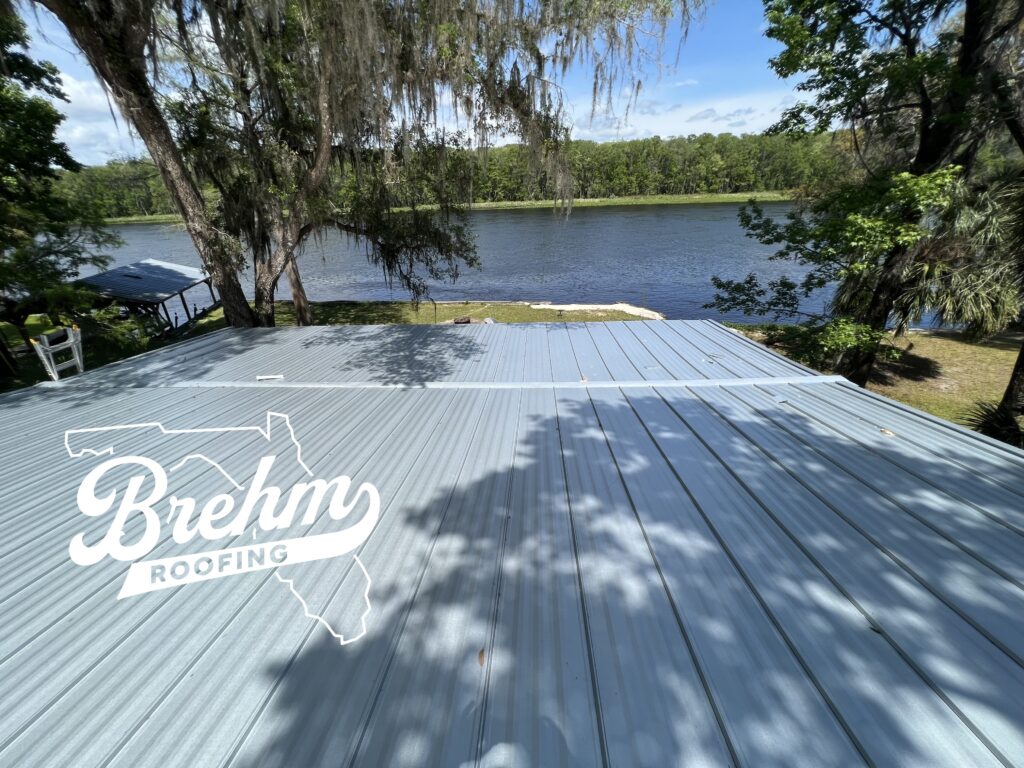
Emissivity: Releasing the Heat
Unlike traditional roofing materials that can trap heat, metal roofs are excellent at emitting any absorbed heat. This characteristic is beneficial during cooler evenings and nighttime hours when the temperature drops. A high emissivity rate ensures that any heat accumulated during the day is effectively released, maintaining a more consistent indoor temperature and reducing the heating load on the building.
The Role of Color and Finish
The effectiveness of a metal roof in terms of energy conservation can also depend on its color and finish. Lighter colors naturally have higher reflectivity than darker shades. Thus, choosing a light-colored metal roof can further enhance its energy-saving capabilities. Additionally, specific finishes can be applied to metal roofs to boost their reflective qualities regardless of color.
Installation and Proper Ventilation: Maximizing Benefits
The installation process and the inclusion of proper ventilation systems play critical roles in optimizing the energy efficiency of metal roofs. An expertly installed metal roof with a well-designed ventilation system can help regulate attic temperatures, preventing heat buildup and moisture accumulation, which in turn, supports the roof’s energy-saving performance.
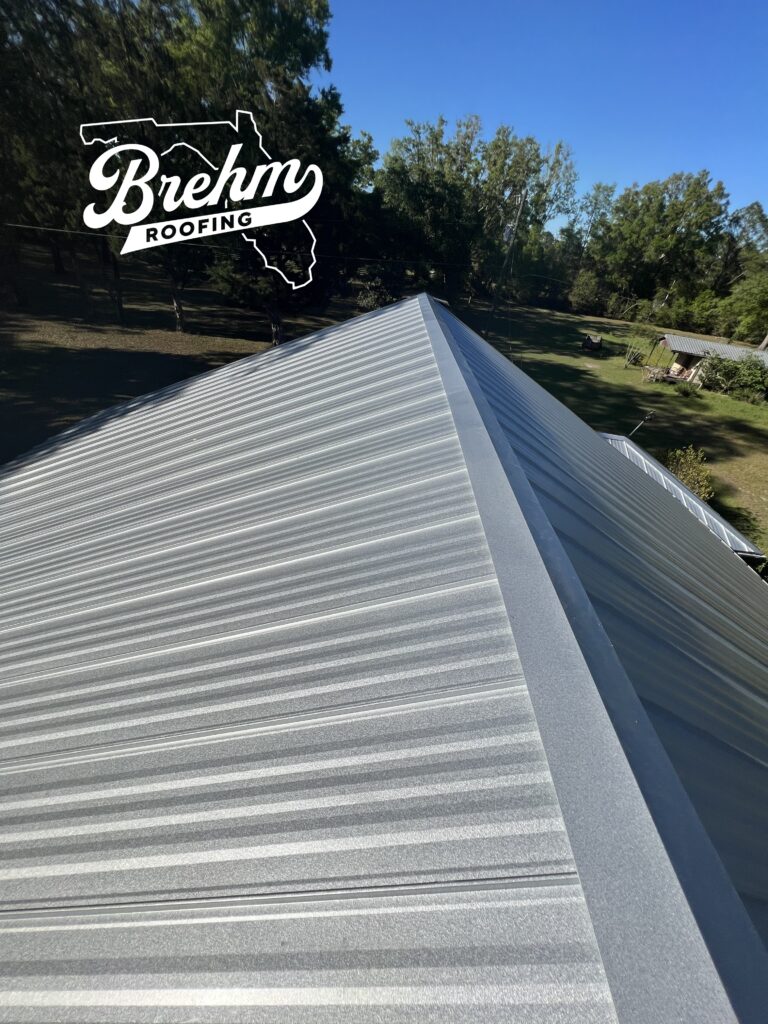
Strategic Installation Techniques
Professional installation ensures that the metal roof is fitted with adequate insulation and proper alignment, minimizing thermal bridging where heat could easily transfer. The strategic placement of seams and careful consideration of thermal movement are also crucial in preventing energy losses.
Ventilation: An Essential Component
Good ventilation in metal roofing systems is vital. It helps manage the heat gain and moisture, which not only aids in energy efficiency but also extends the lifespan of the roof. Techniques such as ridge vents, soffit vents, and other types of exhaust systems are implemented to maintain airflow and temperature balance.
Long-Term Savings and Environmental Impact
Investing in a metal roof can result in substantial long-term savings on energy bills. While the initial installation cost might be higher compared to traditional materials, the reduction in energy consumption can offset these initial expenses over time. Moreover, metal roofs have a long lifespan, often lasting 50 years or more with minimal maintenance requirements, which contributes to less frequent replacements and reduced waste.
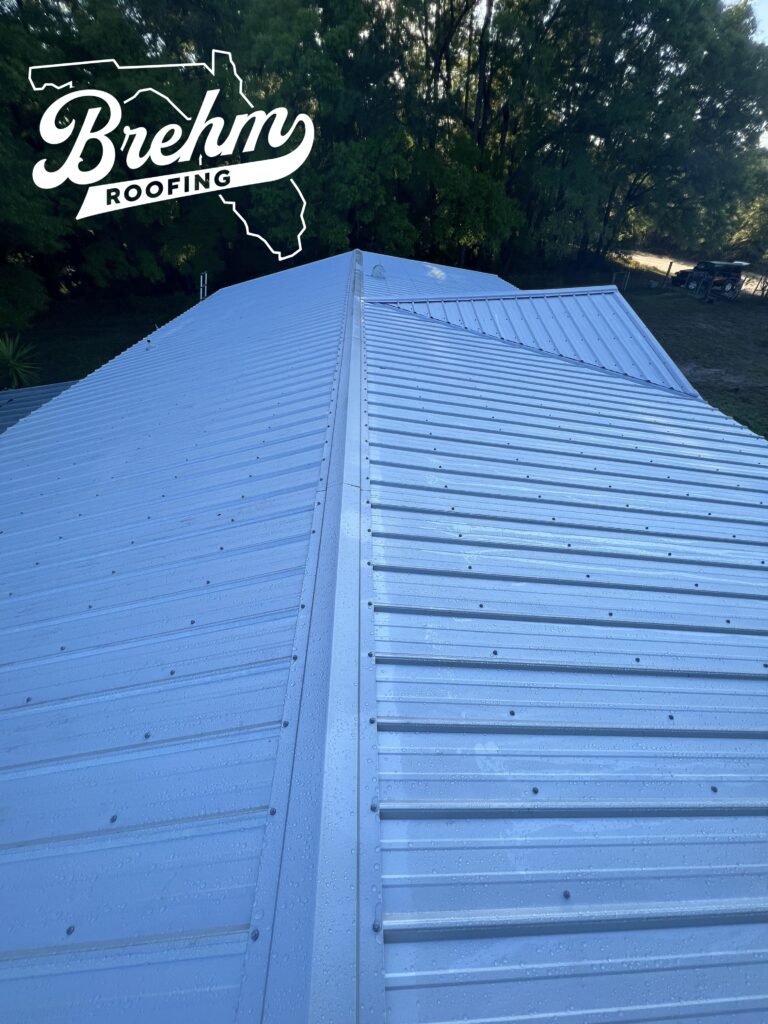
Sustainable Practices
Metal roofing is not only beneficial in terms of energy savings but also environmentally friendly. Most metal roofing materials are made from recycled content and are 100% recyclable at the end of their life cycle. This sustainability aspect is crucial in today’s environmentally conscious market.
Conclusion: A Smart Investment for the Future
Choosing a metal roofing system is a wise decision for any homeowner looking to enhance their home’s energy efficiency and sustainability. With its ability to reflect and emit heat, coupled with its durability and low maintenance needs, metal roofing offers a combination of aesthetic appeal and practical benefits that go well beyond traditional roofing materials.
As roofing professionals, we recommend considering all aspects—from material properties and color selection to installation techniques and ventilation systems—to fully leverage the energy-saving potential of metal roofing. Making this choice not only contributes to significant cost savings but also aligns with the broader goals of environmental responsibility and sustainable living.
